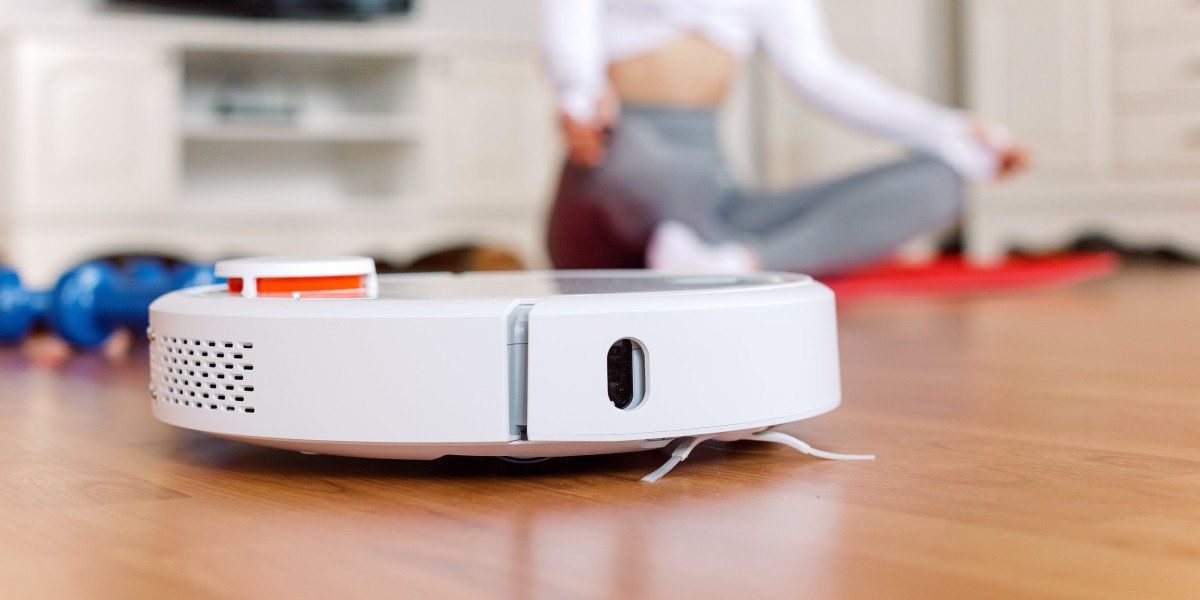Understanding COVID Pulmonary Fibrosis Symptoms, Treatment, and Recovery
What is COVID Pulmonary Fibrosis?
COVID pulmonary fibrosis is a serious long-term lung condition that can develop after a severe COVID-19 infection. This condition causes lung tissue to become scarred and stiff, making breathing difficult. COVID pulmonary fibrosis often requires management by a cardiopulmonary rehabilitation specialist to improve lung function and overall health. While not everyone who contracts COVID-19 will develop pulmonary fibrosis, individuals with severe respiratory symptoms or prolonged hospital stays are at higher risk.
Causes and Risk Factors of COVID Pulmonary Fibrosis
The primary cause of COVID pulmonary fibrosis is the excessive inflammation triggered by the virus, leading to lung tissue damage. Several factors can increase the likelihood of developing this condition:
Severe COVID-19 infection requiring intensive care or mechanical ventilation
Pre-existing lung conditions such as chronic obstructive pulmonary disease (COPD) or idiopathic pulmonary fibrosis
Prolonged inflammation and immune system overactivity
Age and comorbidities, including diabetes and cardiovascular diseases
Symptoms of COVID Pulmonary Fibrosis
Recognizing the symptoms early can help in managing the condition effectively. Common signs include:
Shortness of breath (dyspnea)
Chronic dry cough
Fatigue and weakness
Chest discomfort
Reduced exercise tolerance
If you experience persistent respiratory issues after recovering from COVID-19, consult a asthma and allergy wellness centerfor assessment and management.
Treatment Options for COVID Pulmonary Fibrosis
Currently, there is no cure for pulmonary fibrosis, but various treatments can help manage symptoms and improve quality of life. These include:
1. Pulmonary Rehabilitation
Pulmonary rehabilitation programs, led by a cardiopulmonary rehabilitation specialist, focus on improving lung function through:
Guided exercise routines
Breathing techniques
Nutritional counseling
2. Medications
While no FDA-approved medication directly reverses fibrosis, some drugs help slow disease progression:
Antifibrotic drugs like pirfenidone and nintedanib
Corticosteroids to reduce inflammation
Oxygen therapy for patients with severe breathing difficulties
3. Lifestyle Modifications
Incorporating healthy lifestyle habits can aid recovery and slow disease progression:
Quitting smoking
Maintaining a nutritious diet
Practicing breathing exercises
Getting vaccinated against respiratory infections
The Role of Nutrition in Managing Pulmonary Fibrosis
Proper nutrition plays a vital role in lung health. A balanced diet helps reduce inflammation, strengthen the immune system, and support pulmonary associates wellness way Key dietary recommendations include:
Antioxidant-rich foods like berries and leafy greens
Healthy fats from sources like fish and olive oil
Lean proteins for muscle maintenance
Hydration to keep mucus thin and airways clear
For expert guidance, check out the
Living with COVID Pulmonary Fibrosis: Coping Strategies
Adapting to life with pulmonary fibrosis can be challenging, but implementing the right strategies can improve daily functioning:
Energy conservation techniques to prevent fatigue
Breathing exercises like pursed-lip breathing
Support groups and counseling to manage emotional well-being
Regular follow-ups with specialists for ongoing care
Conclusion: Take Control of Your Pulmonary Health
While COVID pulmonary fibrosis is a serious condition, proactive management through rehabilitation, medication, and lifestyle changes can enhance quality of life. If you or a loved one is struggling with post-COVID lung complications, consult a cardiopulmonary rehabilitation specialist for personalized care.
For expert insights on pulmonary health, don’t miss out on our webinars on pulmonary nutrition. Take the first step toward better breathing today!









